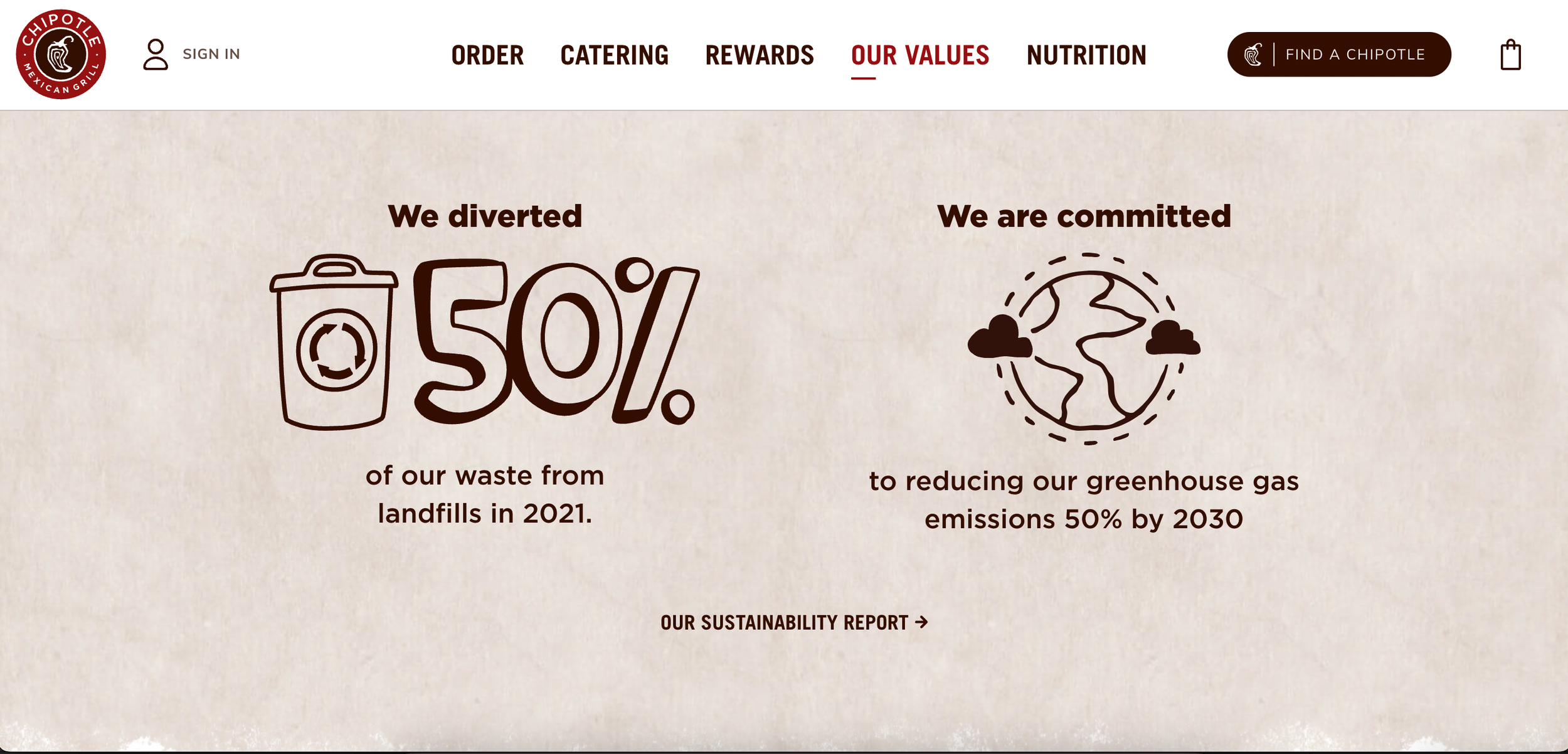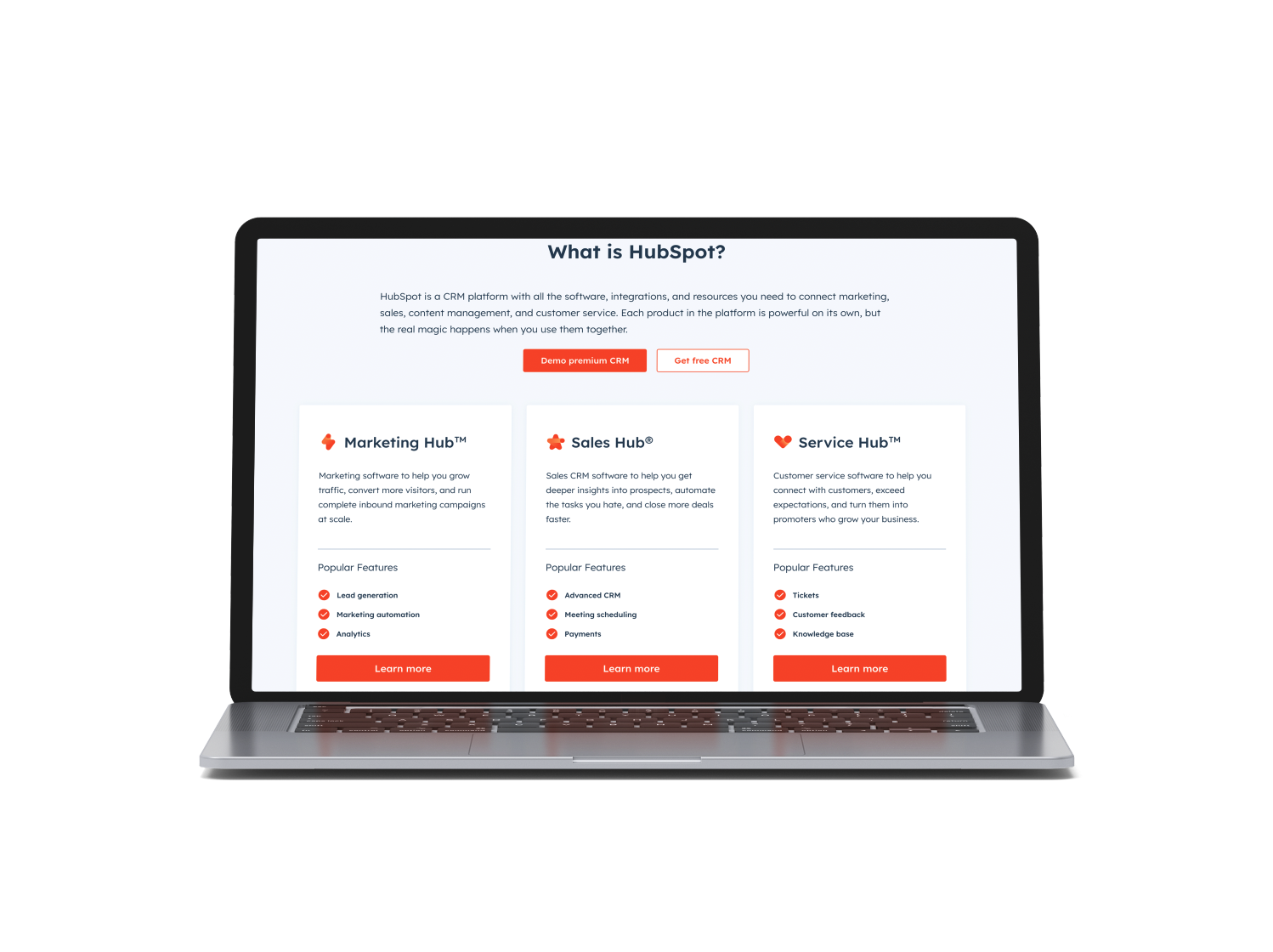Branding for Small Businesses: Your Comprehensive Guide
With social media, our email inbox, Slack notifications, and text messages, we are constantly bombarded with data communications, advertisements and people trying to sell to us. The constant email blasts, advertisements and social media influencers make it even harder for small businesses to grab the attention of buyers today.
A study by Microsoft found that the human attention space has dropped to 7 seconds – a shrink of nearly 25% in the last few years. For small businesses, this means that we need to do an even better job of capturing the attention of our audience.
A study by Microsoft found that the human attention space has dropped to 7 seconds – a shrink of nearly 25% in the last few years
In today's competitive marketplace, establishing a strong and memorable visual identity is paramount for small businesses seeking to thrive and stand out. Your brand is more than just a logo; it's a combination of elements that evoke emotions, build trust, and create a lasting connection with your target audience.
In this blog post, we'll walk you through the essential components of a compelling branding strategy for your small business.
1. Define Your Brand Identity
Before you dive into the visual aspect of your brand, take the time to define your brand identity. Start by answering these questions:
Mission + Values: What is the purpose of your business? What values do you stand for? Define your mission and core values, as they will shape the essence of your brand.
Target Audience: Who are your ideal customers? Understand their demographics, preferences, pain points, and aspirations. Tailor your branding to resonate with this audience.
Unique Selling Proposition (USP): What sets your business apart from the competition? Identify your unique strengths and attributes that will be central to your branding.
Tone: What’s your tone? Whether your tone is formal, friendly, or humorous, consistency is key across all written content, from website copy to social media posts.
Chipotle has a clear and defined set of values that governs how its business operates. Their values are clearly communicated throughout its website to show users how much values mean to them.
2. Craft Your Visual Elements
With a clear brand identity in mind, it's time to create visual elements that embody your business. These elements include:
Logo: Your logo is the cornerstone of your visual identity. It should reflect your business's personality, values, and industry. Keep it simple, versatile, and timeless to ensure its longevity.
Color Palette: Choose a color palette that aligns with your brand's emotions and resonates with your target audience. Different colors evoke various feelings, so consider the psychology behind your choices.
Typography: Select a set of fonts that complement your brand's tone. A consistent typography across all materials ensures cohesiveness in your brand's presentation.
Brand Visuals: Pick out images, icons, and/or illustrations that showcase your brand and tell your audience what your do. Each brand’s visuals are unique to the it’s own needs.
3. Create a Compelling Brand Story
As a brand, you still need to tell users a story to get them to better connect with you. Craft a compelling brand story that narrates your journey, values, and the problem your business solves. A relatable and authentic story can engage customers on an emotional level and foster a sense of loyalty.
Here’s some tips on creating your brand story:
Don’t make the story about you. Make your story about your customer first.
Speak to your customer’s pain points. Position yourself as a guide that helps customers through their problems.
Use clear and concise language. Avoid using superlatives and adjectives because they just end up getting in the way of your point.
Warby Parker does a great job of telling a brand story that’s engaging and customer-centric.
4. Design Marketing Collateral
Your branding extends beyond the digital realm. Create marketing collateral that consistently showcases your visual identity and defines how you help your customers.
Here are some examples of marketing collateral that your small business probably needs:
Business Cards: An essential networking tool that leaves a lasting impression.
Stationery: Ensure that your letterheads, envelopes, and invoices reflect your brand's design.
Packaging: If applicable, design packaging that not only protects your products but also conveys your brand's personality.
Flyers + Brochures: Get the word out about your services with flyers and brochures that explain the problems you solve.
5. Build a Strong Online Presence
In today's digital age, an online presence is crucial. Here's how to leverage the digital landscape to brand your small business:
Website: Design a user-friendly, mobile-responsive website that aligns with your brand's aesthetics and values. It should provide clear information about your products/services, an engaging brand story, and effective calls to action (CTAs).
Social Media: Choose the platforms where your target audience is most active. Maintain a consistent visual style, post relevant content, and engage with your followers authentically.
Content Marketing: Create valuable content resources (blogs, videos, infographics) that address your audience's pain points, showcase your expertise, and reinforce your brand message. Content also will help convert buyers.
6. Engage with Your Audience
Branding isn't a one-way street. Foster meaningful connections with your audience to help build loyalty. You can build meaningful relationships with your audience in many different ways. Here are some ideas:
Customer Interaction: Respond promptly to customer inquiries and feedback. Show that you value their opinions and are committed to their satisfaction.
Feedback Loops: Encourage customers to share their experiences and feedback. Use this information to refine your branding and business strategy.
Monthly Newsletters: Build customer loyalty and show supporters what your brand is up to with a monthly or quarterly newsletter.
Loyalty Programs: Offer a loyalty program that rewards customers who refer others to your business. This is a great way to build customer loyalty.
Typeform is a great tool for small businesses to use to generate leads from their website and content.
7. Evolve + Adapt
As your business grows and the market evolves, so should your branding. Regularly assess whether your brand still resonates with your target audience and stays aligned with your mission. Don't be afraid to make updates if needed to keep your brand fresh and relevant.
Be sure to track and measure your results at least quarterly, if not monthly. Keep track of your metrics using HubSpot or Google Analytics. Building a brand doesn’t happen overnight. Give your brand investments time to grow.
Keep track of your metrics using HubSpot dashboards. You also can set up a free Google Analytics account.
Creating a strong and memorable brand identity for your small business is a journey that requires careful planning, creativity, and consistency. By defining your brand identity, crafting visual elements, and engaging with your audience, you can establish a brand that not only resonates with your target customers but also sets your business on the path to long-term success. Remember, branding is an ongoing process that requires dedication, but the rewards in terms of customer loyalty and recognition are well worth the effort.
Need help building a strong brand? Download our free brand planner workbook for a detailed guide to help you build a brand from start to finish.
Need a brand designer to help your small business hit it’s goals and grow? We would love to help you out. Contact us today to work with us.








